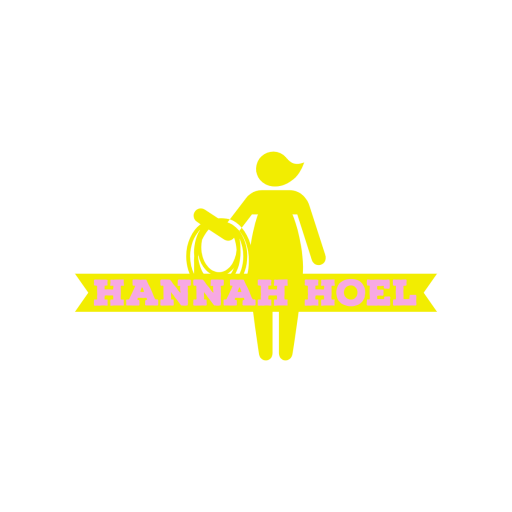Culture is the sea we swim in, even if you’re off-grid in Taos.
What is semiotics?
Semiotics is the study of signs. But what does that mean?
Hailing from the esoteric world of academia, semiotics is a methodology through which to consider the world around us—particularly the rich visual culture that is now synonymous with modern communication.
Commercial semiotics considers anything that people come into contact with that influences their thinking and behavior, which casts a wide net on “signs” to include everything from logos to advertising, TV shows to memes, social media, wording or narratives, books, fintech to apps to gaming, software, influencers, songs, films and more. Semiotics looks at this visual culture and analyzes the inherent unconscious meanings.
Images demand our attention all the time and deeply effect our mood and habits (look no further than social media). Culture is the sea we swim in, even if you’re off-grid in Taos.
Sometimes you have to look at the comment thread below or the book’s written word–not just the cover.
What is cultural decoding? Is it the same as semiotics?
For me, they are almost the same thing. Officially, semiotics relies heavily on visual communication whereas cultural analysis or “decoding” casts a wider net that includes verbal and other sensory communications.
Semiotics approaches images in a highly structural way but this limited scope is potentially shortsighted to the ways of the world. An app’s meaning might not come from its logo or graphics alone but from its newest feature and culture isn’t made just from emoji or TikTok dances. Sometimes you have to look at the comment thread below or the book’s written word–not just the cover.
Through semiotics and cultural decoding, we will be inspired to play well.
Why is semiotics or cultural analysis useful to me and my brand?
Making sense of this information onslaught is a survival technique–for me personally and for your brand. Taking a step back to interrogate and organize the world keeps you in the game, able to strategize the next move. Sure, we could all move to an earth ship in Taos and disassociate but even this is a reaction to the overculture (and wouldn’t get you many sales). To be relevant in hearts and minds, your brand needs to understand the playing field. Through semiotics and cultural decoding, we will above all be inspired to play well.
This type of market research and insight then offers a rich platform to consider and create salient marketing communications, rooted brand identity and positioning, or far reaching innovative horizons.
A bunch of trends together, alongside other cultural paraphernalia reveal patterns.
Is this trend spotting?
This question can be offensive to some semioticians as it insults their intelligence. Not here, my friend! It is super common and also a helpful starting point. I am not a trend spotter but it conjures images of Tan France standing on Oxford Street eyeing up cool jackets. Trend spotting is Google Glass or TikTok dances.
These are important considerations but are relatively meaningless by themselves. Collating a bunch of trends together, alongside all the other cultural paraphernalia reveal patterns, that are then clustered into “codes”, and are all the while interrogated to get at the why and the so what.
Semiotics identifies how culture evolves over time so it is similarly predictive to trend spotting but it provides insight into what’s happening now, analysis into where culture is going, and targeted inspiration for your brand.
Henry Ford so poignantly said, “If I had asked people what they wanted, they would have said faster horses.”
Why would I use semiotics rather than other market research approaches?
There are a dozen or more different approaches you can take to understand your brand, your market, category or theme. Most of them require talking to consumers, data analysis, or even subjective expertise. These all have benefits. But as Henry Ford so poignantly said, “If I had asked people what they wanted, they would have said faster horses.”
In order to capture hearts and minds, to inspire new habits, you have to go deeper. Most consumers are shooting from the hip about what they already know. A good brand strategist incorporates grounded analytical insight and industry experience to unlock inspiration and propel consumer behavior forward. If you’re not Henry Ford or Steve Jobs, we can help.
